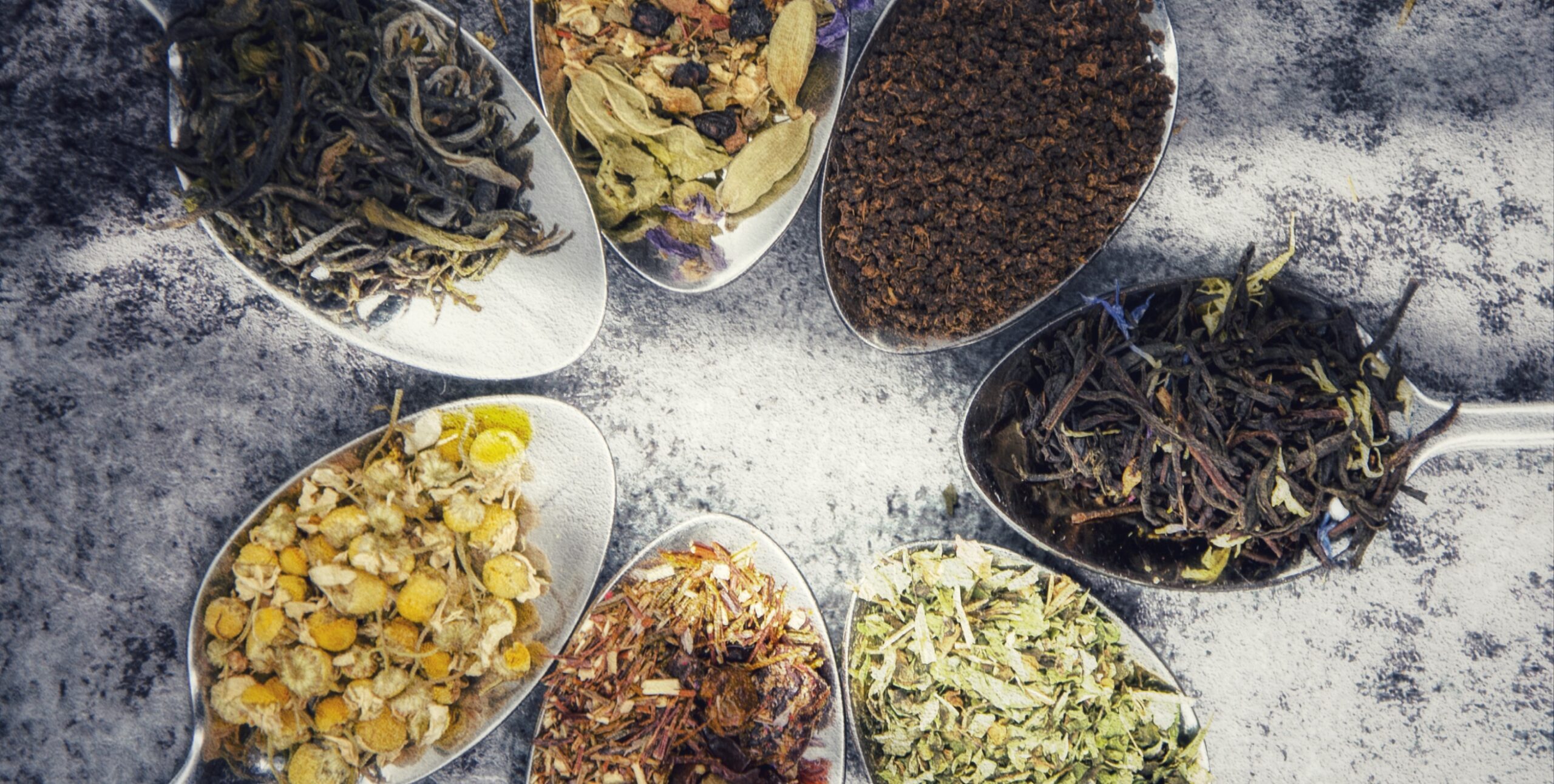Doctors commonly treat bacterial infections with antibiotics. When one drug doesn’t work, they try another. A growing chorus of researchers say the evidence is now overwhelming that a significant share of the bacteria present in India — in its water, sewage, animals, soil and even its mothers — are immune to nearly all antibiotics. Now, physicians are finding that some of our infections are resistant to even our strongest antibiotics. Do we have a cure to these superbugs yet or are we looking for alternate solutions?
“Five years ago, we almost never saw these kinds of infections,” said Dr. Neelam Kler, chairwoman of the department of neonatology at New Delhi’s Sir Ganga Ram Hospital, one of India’s most prestigious private hospitals. “Now, close to 100 percent of the babies referred to us have multidrug resistant infections. It’s scary.”
Health officials have warned for decades that overuse of antibiotics — miracle drugs that changed the course of human health in the 20th century — would eventually lead bacteria to evolve in a way that made the drugs useless. The time is at our doorstep. More than 58,000 infants died last year because they were born with bacterial infections that are resistant to most known antibiotics. Bacterial infections affect adults and infants alike. However, the mortality rate is higher in infants due to weaker immune system.
The bacteria are likely transferred to newborns from the mother, who comes into contact with them just like everyone else — via the water, animals, and soil in her surroundings. Unlike adults, however, newborns are especially vulnerable to infection since their immune systems haven’t had a chance to develop completely yet.
Global sales of antibiotics for human consumption rose 36 percent from 2000 to 2010, with Brazil, Russia, India, China and South Africa accounting for 76 percent of that increase. The report mentions that spurious prescriptions of antibiotics even in cases like diarrhoea signify the rampant use of drugs, where not necessary. In India, much of that growth has been driven by private doctors who deliver about 90 percent of care here and are often poorly trained. Much of these doctors’ income comes from drug sales.
The absence of hygienic surroundings, toilets are posing a greater risk of catching bacteria that is increasingly becoming resistant to antibiotics that once were the one cure for all bacterial infections.
“India’s dreadful sanitation, uncontrolled use of antibiotics and overcrowding coupled with a complete lack of monitoring the problem has created a tsunami of antibiotic resistance that is reaching just about every country in the world,” said Dr. Timothy R. Walsh, a professor of microbiology at Cardiff University.
Just as worrisome has been the rapid growth of India’s industrialized animal husbandry, where antibiotics are widespread. Most large chicken farms here use feed laced with antibiotics banned for use in animals in the United States. A New Delhi science group recently found antibiotic residues in 40 percent of chicken samples tested. Implying when you grow one portion of chicken you are ingesting in yourself 300mg capsule of antibiotics, making your body unwell and resistant to antibiotics.
With a multitude of issues promoting bacterial infections and bacteria becoming increasingly resistant to our best known drugs – the doctors sure are in a huddle. Awareness of the problem has begun to grow, with Indian medical associations calling for efforts to reduce unnecessary antibiotic use. But there is keen sensitivity here to any alert to the dangers. A 2010 discovery of a New Delhi “superbug” caused intense controversy because of fears that publicity would threaten India’s profitable medical tourism industry. Government officials have stopped some studies of the problem, Dr. Walsh said.
Quick tips from Sanatan Kriya to keep infection at bay:
- Do Jal Neti everytime you return home from office/market/ party etc.
- Lubricate your nose with warm pure desi cow’s ghee before stepping out of the house.
- Nadi Shodhnam is an extremely effective pranayam for detoxifying the etheric and physical body.
For more, www.dhyanfoundation.com
Reference:
http://www.nytimes.com/2014/12/04/world/asia/superbugs-kill-indias-babies-and-pose-an-overseas-threat.html?smid=tw-nytimes&_r=0
https://forumblog.org/2014/12/the-dangers-of-antibiotic-resistance/?utm_content=bufferdc045&utm_medium=social&utm_source=twitter.com&utm_campaign=buffer





